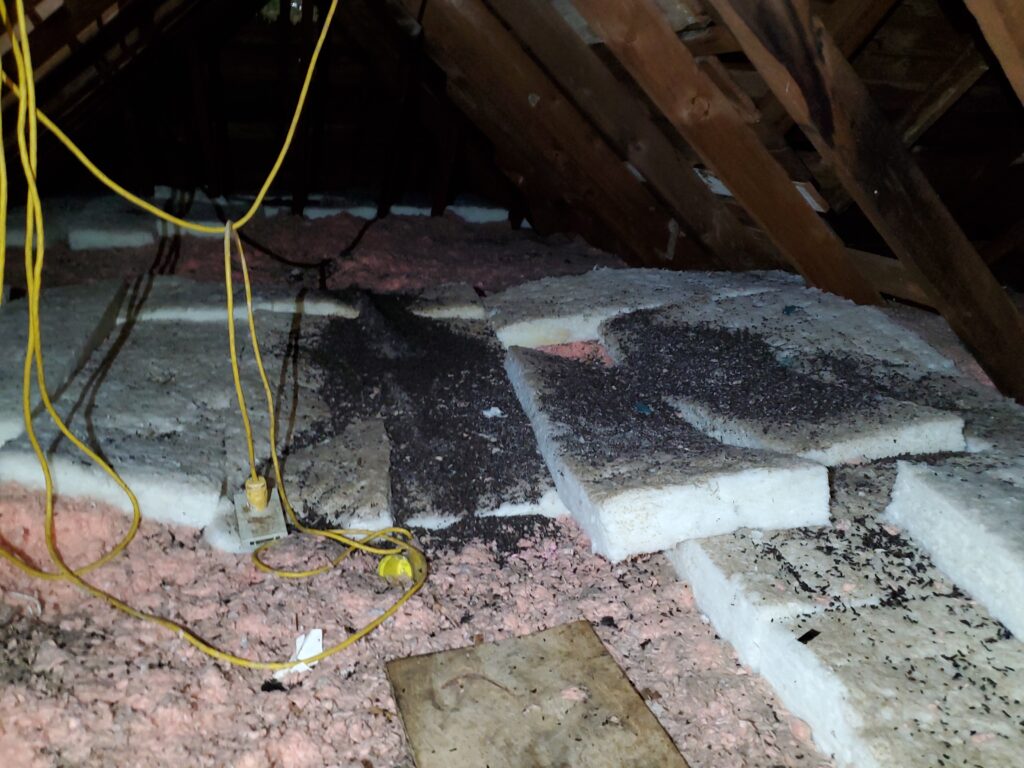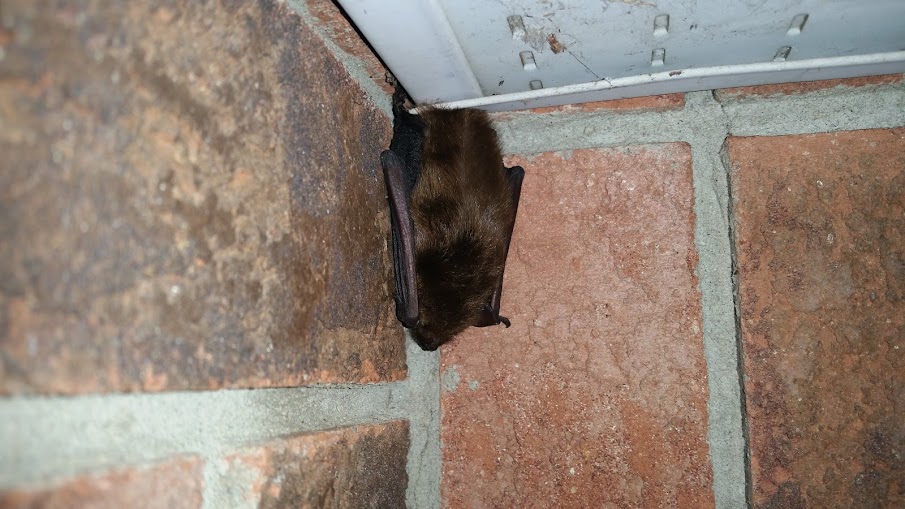Bats may be creepy, but they’re also in trouble. As a fungal disease called white-nose syndrome has ravaged wild populations, wildlife preservation has become more important than ever before. This is why you should learn the signs of a bat presence in your home, and understand the right way to deal with your problem.
Do Bats Hibernate?
In most areas with distinct winter seasons, bats hibernate during the winter months. When the air temperature is cold, bats lower their core temperature and remain extremely inactive until the weather improves. Because white-nose syndrome affects animals during their hibernation period, this time is critical for surviving the disease.
How to Tell When You Have a Colony in Your Home
It can be hard to determine the source of strange sounds, sights, or smells in your home. Because animals are often excellent at hiding from people, you may wonder whether the signs you have detected are coming from animals at all. Fortunately, there are fairly clear indications to look for when dealing with bats. These are:
- Strong musty odour
- Stains on the ceiling
- Finding Droppings
- Grease Marks
- Seeing bats flying toward your home
- Sounds in the attic
Bats need food, shelter, water, and rest just like every other animal. For this reason, they leave droppings and urine odour in their living areas. Though you may not have a direct line of sight to your home’s new colony, you might be able to smell a musty odour or find grease marks, droppings or other direct evidence. Droppings are usually stiff and dark-coloured and larger than rodent scat.
Bats often enter and exit spaces by squeezing their bodies between two surfaces. This allows them to get through extremely small openings and reduce their chances of becoming the prey of larger species. It also leaves greasy markings from natural oils that bats produce. If you can locate such marks in your home, you are almost certainly on the right track.
Bat vocalizations are another clear sign of an infestation. Typically, bats make high-pitched, frantic sounding noises that are distinct from the chirping of birds. You may also hear fluttering, shuffling or scurrying.

When Are Bats Legal to Remove?
Because many bat populations are threatened, removing animals should be done with the utmost care. In the spring, mothers give birth to pups who are helpless and flightless for several months. Removing mothers from a home, therefore, is a death sentence for their young. Keeping pups safe is both ethically sound and practical, as having dead bats in your walls can result in unpleasant odours and an inaccessible mess.
Generally, the months after August and before spring are the best times to remove bats. During the rest of the year, removal is illegal. If you are waiting, however, you can still call animal control to prepare for removal and prevent further entries.
How to Get Rid of Bats in the Attic
Bats can spread disease and should never be handled. Although they rarely bite unprovoked, a stressed animal can defend itself. Whenever you detect an intrusion in your home, you should immediately call a professional specializing in bat removal. Typically a full eviction requires a process of detection, eviction, exclusion and inspection.
At Skedaddle, we know what to look for and how to find signs of undetected entries. We also know how to safely and legally seal off your home. While nobody wants to deal with uninvited pests, removing them at the right time is important. The safety of bat populations is essential for the health of global ecosystems, as the world’s only winged mammals are incredibly efficient insect hunters. For experienced and humane control services, call Skedaddle Wildlife Control today.



